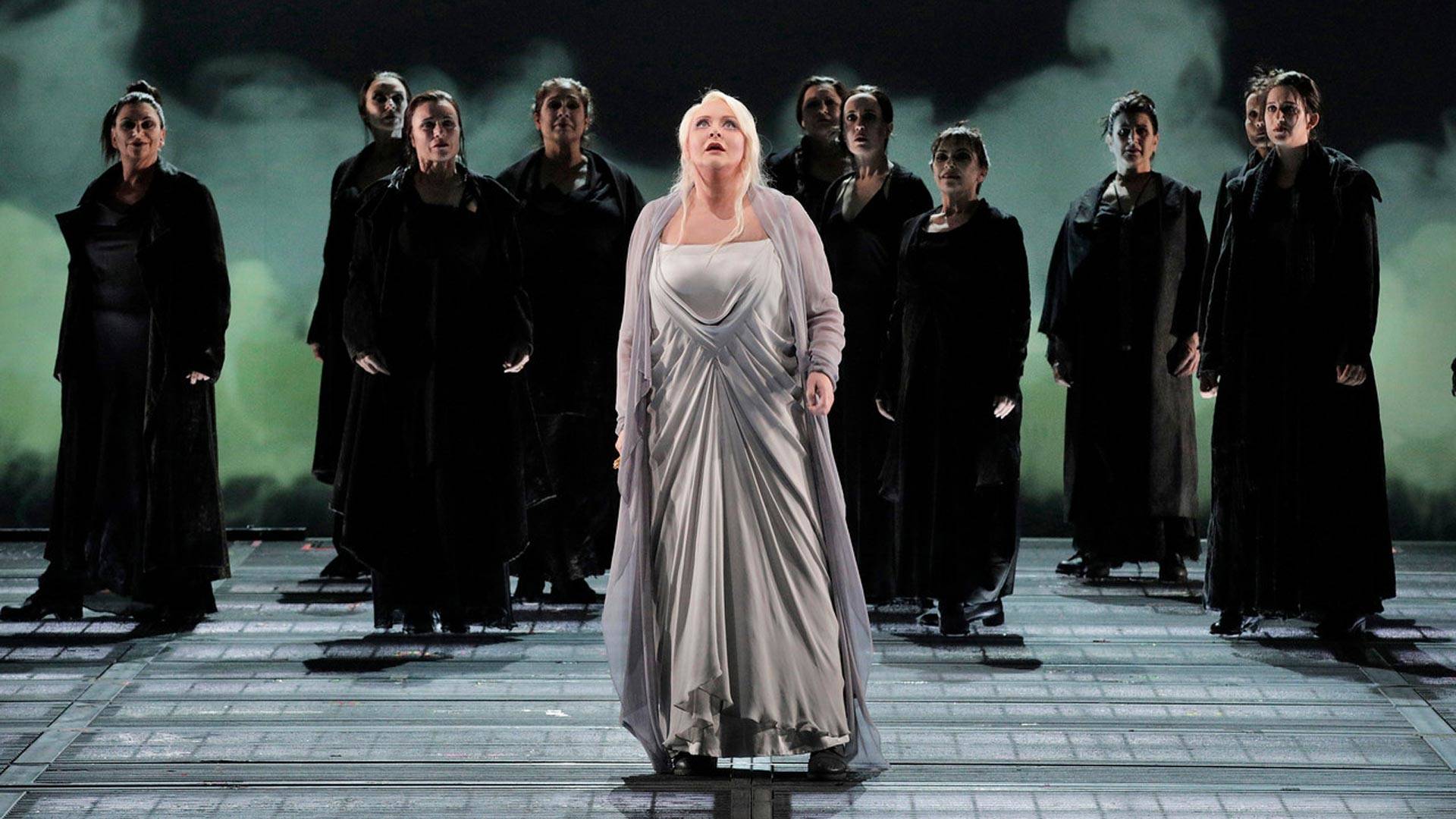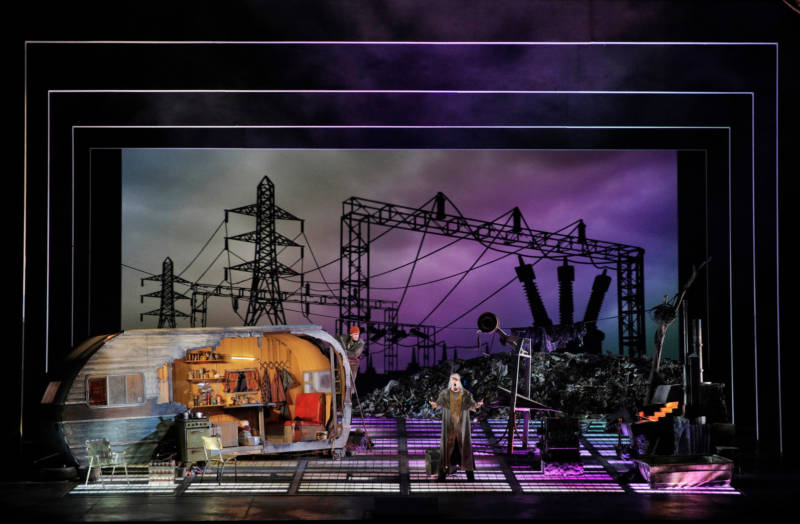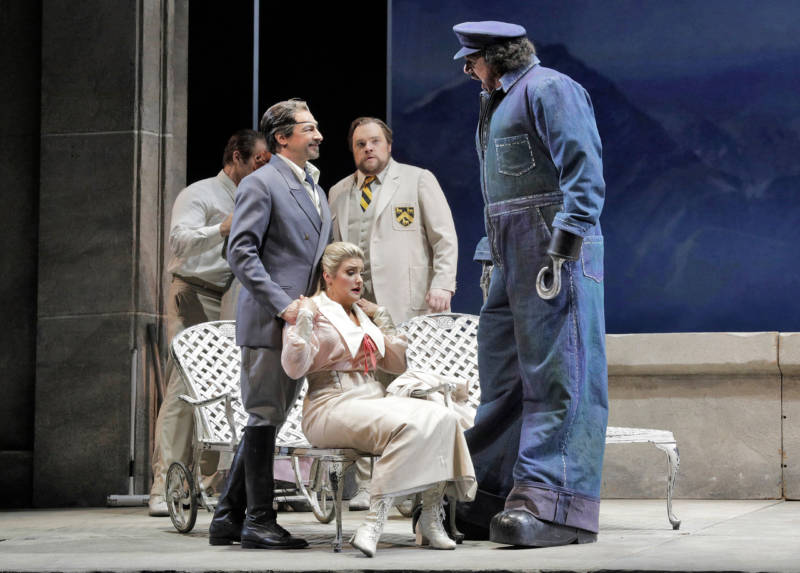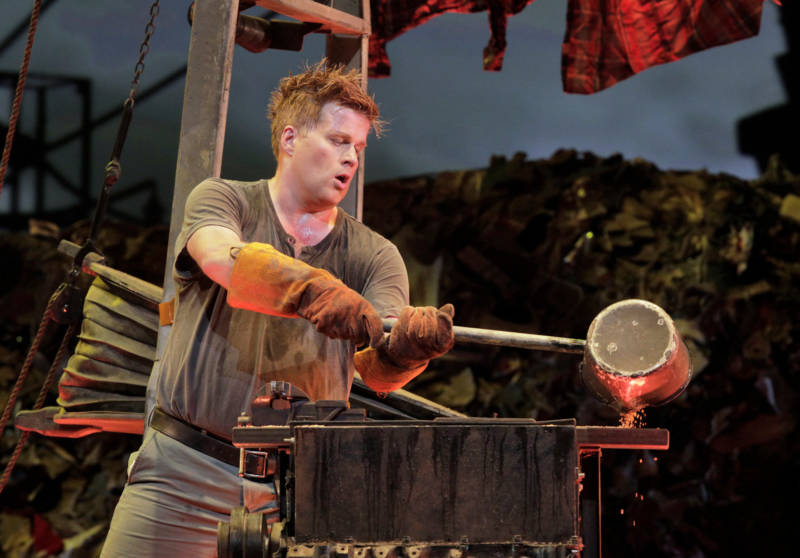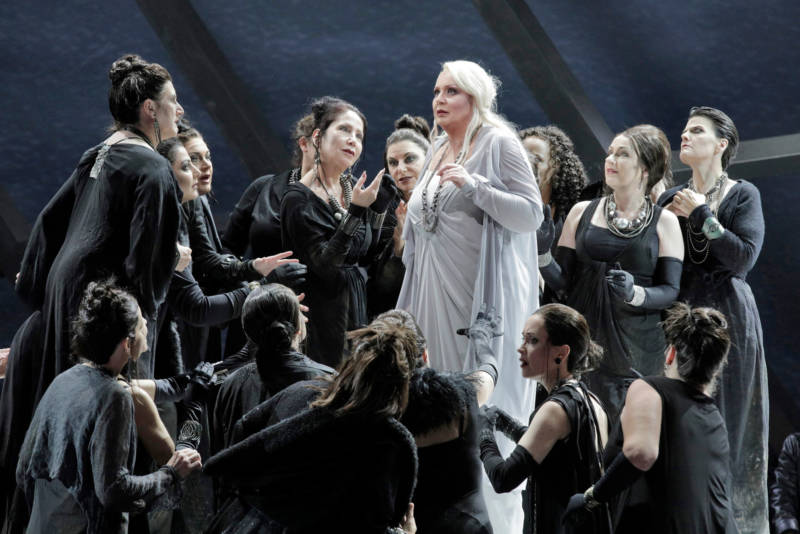It was during the first intermission of The Ring cycle, about three and a half hours into a 15-hour opera, that I saw my first audience member sleeping on the floor.
Seeing his head leaning against the wall, his jaw half-open, his hands loosely clasped around a program for Richard Wagner’s interminable masterwork, four words came to my mind: “I don’t blame him.”
I’ll be honest. I signed up to see The Ring for one reason, and that’s to be able to say that I did it. Like reading War and Peace, climbing Mount Everest, or running the Boston marathon, you see The Ring at least in part for bragging rights. I came up playing in punk bands and listening to rap music, and while I’d grown to love some opera, my foundational years were not exactly proper training for 15 hours of it, spread over four days.
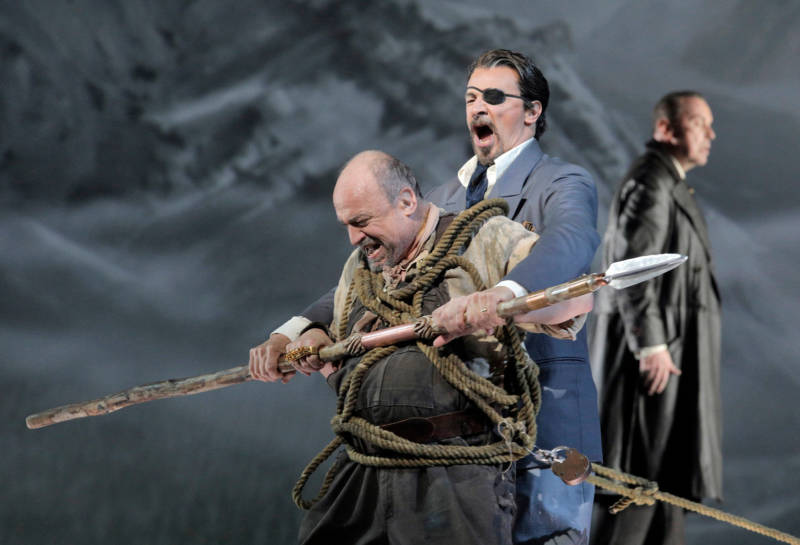
But something inexplicable happened to me, sitting there in the War Memorial Opera House, around the halfway point of The Ring. All the story’s threads started coming together: the rampant greed of the characters, their betrayal and incest, the corruption of power on grand display. The musical motifs overlapped on each other, and began triggering emotional synapses that I couldn’t deny. Nothing about The Ring is what you’d call “catchy,” but I was suddenly drawn to its music and lyrics more fiercely than any pop music I’d known.
What the hell was happening to me? The fantasy-saga of The Ring—about an actual ring, made from stolen gold, that grants power over the world—is not something I normally enjoy. The ring changes hands between gods and mortals and giants and mythical creatures, over three generations. Whoop-de-doo. There’s a man-child warrior (Siegfried), an avenging Valkyrie (Brünnhilde), a conniving God (Wotan), and dozens of others in a complex family tree. Visualize me, twirling my index finger in the air and rolling my eyes.
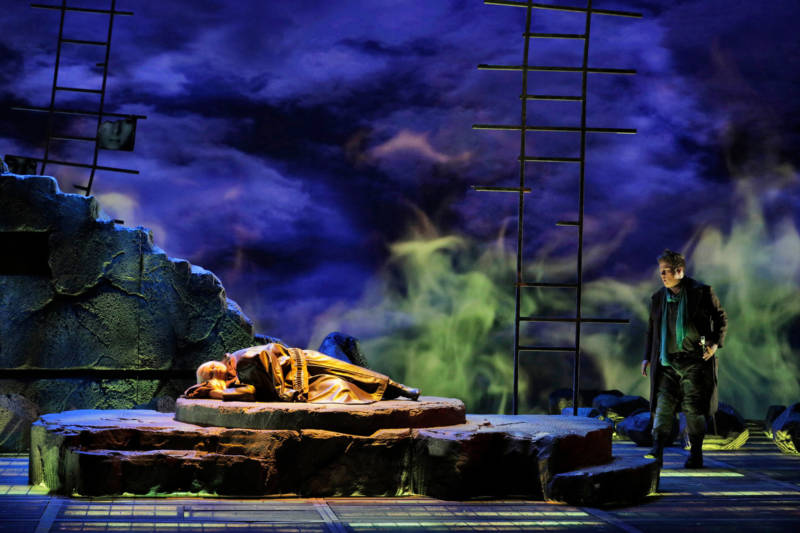
And yet I stumbled out of that third night’s production and onto Van Ness Avenue, with lunatic Wagner-worshipping fans all around me in lederhosen and horned helmets, and typed into my phone:
DUDE ALL THE ELEMENTS ARE COMING TOGETHER I’M EVEN ROOTING FOR THE INCEST NOW PLUS THERE WAS A GIANT DEATH ROBOT WITH STEEL CLAWS INSIDE THE OPERA HOUSE IT IS BANANAS I AM HOOKED PLEASE JOIN MY RING FAN CLUB
Ten hours in, after three parts of The Ring (Das Rheingold, Die Walküre, and Siegfried, but before Götterdämmerung), I’d witnessed power-hungry gods, adultery, brutal death, rapist giants killed, flaming hammers, a revolt by enslaved miners, and a guy who turns into a snake. I’d come into it ready to quit at the first moment of boredom, and now nothing, not even a giant death robot with steel claws, could stand in my way of seeing the The Ring to completion.
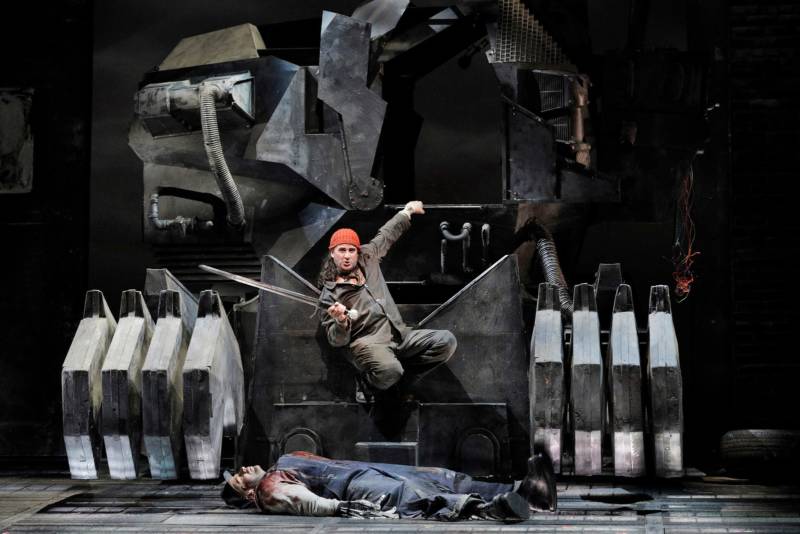
It helps that San Francisco Opera’s current Ring—similar to its 2011 production, and again under the direction of Francesca Zambello—is not what newbies think of when they think of opera. Rather than vikings and braids and portly sopranos in breastplates, it opens like a psychedelic light show from the 1960s Fillmore, with a low-octave rumble as slow, formless swirls undulate on a massive projection screen. When the curtain comes up, it’s as if 200 teenagers have been Juuling on stage, smoke spilling into the orchestra pit. From the start, you know this is something different.
